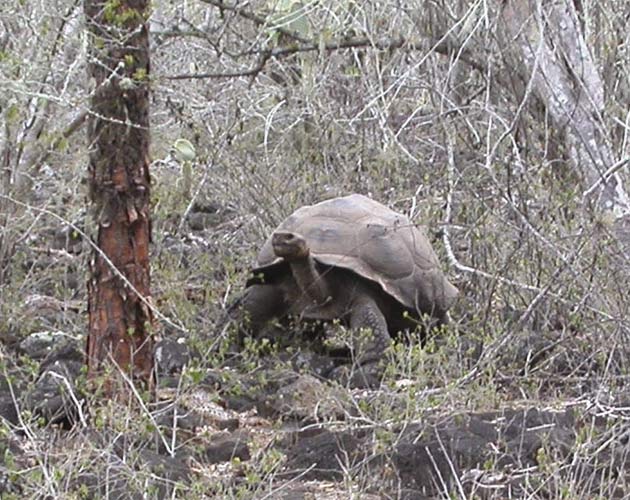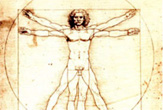Darwin's Tortoises More Diverse Than He Knew

The giant tortoises of the Galapagos Islands inspired Charles Darwin to formulate his theory of natural selection to describe the evolutionary diversity of species.
Now those tortoises have been found to be even more diverse than Darwin knew.
Nearly 150 years after Darwin's most important work, scientists have found the tortoise Geochelone nigra, found on the Galapagos island of Santa Cruz, is not one species but three.
The discovery, announced today, was led by Yale University scientists Michael Russello, Adalgisa Caccone and Jeffrey Powell and is reported in the Royal Society of London's journal Biology Letters.
Darwin and others identified the single taxon, or species, based on visible characteristics such as shell shape. The new research employed DNA analysis. Altogether there are 11 taxa of tortoise on the islands.
Between 2,000 and 4,000 individual tortoises remain on Santa Cruz, and there may be as few as 100 individuals in each of the new taxa, the scientists said in arguing for conservation of the habitat.
"It is ironic that while Santa Cruz has the largest population of tortoises, it also has the largest human population -- projected to double in the next eight years -- which is their greatest source of endangerment," Russello said. "Since accurate taxonomy is crucial for effective conservation policy, these results have fundamental importance for preserving the genetic and taxonomic diversity of these historically-significant reptiles."
Sign up for the Live Science daily newsletter now
Get the world’s most fascinating discoveries delivered straight to your inbox.
- Evolution's Useless Limbs and Other Vestigial Organs
- The Top 10 Intelligent Designs (or Creation Myths)
- Yes, Evolution is a Theory. It's Religion and Politics that are the Problems
- Debate on Evolution Becomes War of Words
- Darwin Scores a Point in DNA Test of Fish
Useless Limbs

Robert is an independent health and science journalist and writer based in Phoenix, Arizona. He is a former editor-in-chief of Live Science with over 20 years of experience as a reporter and editor. He has worked on websites such as Space.com and Tom's Guide, and is a contributor on Medium, covering how we age and how to optimize the mind and body through time. He has a journalism degree from Humboldt State University in California.










